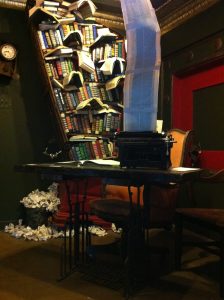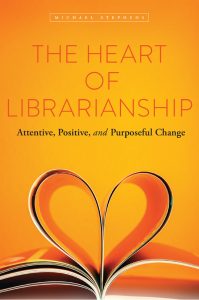 The hyperlinked library exists because of us. We made it with our inquiries, thoughts, needs, and actions. It may sound as I am speaking of just virtual spaces, but I really am not. I see myself as an information node that exists in both physical and virtual spaces—an ambulatory living library plugged also into a digital universe. I am hyperlinked. Hyperlinked librarians are knowledge facilitators who must embrace change because the information landscape is constantly evolving. They are perpetual knowledge seekers because there is always something new to know. @michael wrote in The Heart of Librarianship, “Every aspect of what librarians do—from collection development, information services, and web presence to story time, circulation, and programming—is or will be touched in some way by technology” (p. 53).
The hyperlinked library exists because of us. We made it with our inquiries, thoughts, needs, and actions. It may sound as I am speaking of just virtual spaces, but I really am not. I see myself as an information node that exists in both physical and virtual spaces—an ambulatory living library plugged also into a digital universe. I am hyperlinked. Hyperlinked librarians are knowledge facilitators who must embrace change because the information landscape is constantly evolving. They are perpetual knowledge seekers because there is always something new to know. @michael wrote in The Heart of Librarianship, “Every aspect of what librarians do—from collection development, information services, and web presence to story time, circulation, and programming—is or will be touched in some way by technology” (p. 53).
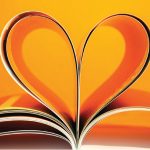 Embracing technology changes is sometimes difficult. In longstanding units with defined processes, it may also lead to stress, frustration, and weariness. Thus, a hyperlinked librarian also needs to consider the whole person. People manage change differently. Their prior experience will also affect them. In my corner of the academic library world, the internet and new web-based applications changed technical services. Technical services—cataloging, acquisitions, receiving, processing, discovery, and resource troubleshooting—has many manual processes that are performed within set parameters. Regulations, terms, codes, and contracts only made best practices more highly structured. The internet and networked services threw a wrench into people’s physical world by adding electronic fluidity. We now have shared cataloging, consortia collections, integrated management systems, APIs, IT protocols, automations, discovery layers, linked data, and much more. In the end, managing these changes meant creating a TS group listserv, removing silos by sharing collective knowledge, and using tools like Slack channels to connect with counterparts elsewhere. Implementing new technologies may have forced people to create connections faster than their wont, but it was finding camaraderie, humor, help, and empathy that made bonds last.
Embracing technology changes is sometimes difficult. In longstanding units with defined processes, it may also lead to stress, frustration, and weariness. Thus, a hyperlinked librarian also needs to consider the whole person. People manage change differently. Their prior experience will also affect them. In my corner of the academic library world, the internet and new web-based applications changed technical services. Technical services—cataloging, acquisitions, receiving, processing, discovery, and resource troubleshooting—has many manual processes that are performed within set parameters. Regulations, terms, codes, and contracts only made best practices more highly structured. The internet and networked services threw a wrench into people’s physical world by adding electronic fluidity. We now have shared cataloging, consortia collections, integrated management systems, APIs, IT protocols, automations, discovery layers, linked data, and much more. In the end, managing these changes meant creating a TS group listserv, removing silos by sharing collective knowledge, and using tools like Slack channels to connect with counterparts elsewhere. Implementing new technologies may have forced people to create connections faster than their wont, but it was finding camaraderie, humor, help, and empathy that made bonds last.
Technical  services is also perceived to have many “traditional” (aka old-fashioned) library functions. It is a perception that I find difficult to argue because we have the Repair, Processing, and Items Restoration Lab (REPAIR Lab) where we triage and repair damaged books using sometimes centuries-old techniques. Many collect those techniques through experiences and conversations over time, but there are less people with those skills. What happens when that person retires? Technology has had to touch even this anachronistic craft. In our case, pun intended, we are fortunate that the book arts community shares generously. The Book Arts Web is a massive community that lists references, tutorials, and suppliers. Talas, a bookbinding supplier, maintains a resource blog. IBookBinding has 3D-printed bookbinding tools, online tutorials, and even a Discord! Dartmouth Libraries’ free downloadable A Simple Book Repair Manual is invaluable for learning basics. Northeast Document Conservation Center’s book conservation and preservation resources page provides a wealth of information about special collections. The internet and mobile technologies have made it easier to share and use these community resources.
services is also perceived to have many “traditional” (aka old-fashioned) library functions. It is a perception that I find difficult to argue because we have the Repair, Processing, and Items Restoration Lab (REPAIR Lab) where we triage and repair damaged books using sometimes centuries-old techniques. Many collect those techniques through experiences and conversations over time, but there are less people with those skills. What happens when that person retires? Technology has had to touch even this anachronistic craft. In our case, pun intended, we are fortunate that the book arts community shares generously. The Book Arts Web is a massive community that lists references, tutorials, and suppliers. Talas, a bookbinding supplier, maintains a resource blog. IBookBinding has 3D-printed bookbinding tools, online tutorials, and even a Discord! Dartmouth Libraries’ free downloadable A Simple Book Repair Manual is invaluable for learning basics. Northeast Document Conservation Center’s book conservation and preservation resources page provides a wealth of information about special collections. The internet and mobile technologies have made it easier to share and use these community resources.
♦—————————♦♦♦——————————♦
REPAIR Lab has been a series of constant pivots since the pandemic. Budget, policy, and staffing changes have necessitated multiple workflow adaptations. In managing REPAIR Lab, two truths have stood out.
Truth #1: What it can do is not the same as what it is. It is about potentialities and possibilities. It’s good to keep in mind that what is, is not what it can be.
For example, one of our most common tools is the humble (and free) hardware store flooring sample. How does a flooring sample relate to book repair? Well, a flooring sample is a flooring sample, but sometimes it is also a clamp that fixes broken book corners.
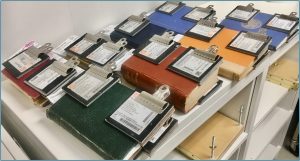
Picture of flooring samples and bulldog clips clamping book corners. Photo taken by bookoni_vpn (11.2024).
Truth #2: Learning is constant. A learner is both perpetual student, teacher, and discussion partner. The source can be anywhere from YouTube to Instagram reels. One of my students shared label peeling tips from an IG reel. Learning happens everywhere.
As a student/trainer myself, I find that @michael expressed it best when he wrote, “I hope you’ll make time for…any opportunity to fine-tune skills, tech and otherwise; a chance to have a conversation with a mentor or mentee—we can learn from being both…” (p. 16).
♦—————————♦♦♦——————————♦
 I understand technology can be both friend and foe, but I believe that our own agency, curiosity, and imagination are vital to navigating all change. Change management is life. #hyperlib involves constant change. I am against change for change’s sake. I am for purposeful change and being open to change. If a change cannot be immediately embraced, ask yourself why. Sometimes exploration triggers new perspectives that allows for acceptance of a change. The future always brings change. We are fortunate to have the technologies that allow us to connect with people across borders, languages, and abilities. We will never be alone in any learning journey. We are a part of the hyperlinked library matrix. We form the web. And that, is game-changing.
I understand technology can be both friend and foe, but I believe that our own agency, curiosity, and imagination are vital to navigating all change. Change management is life. #hyperlib involves constant change. I am against change for change’s sake. I am for purposeful change and being open to change. If a change cannot be immediately embraced, ask yourself why. Sometimes exploration triggers new perspectives that allows for acceptance of a change. The future always brings change. We are fortunate to have the technologies that allow us to connect with people across borders, languages, and abilities. We will never be alone in any learning journey. We are a part of the hyperlinked library matrix. We form the web. And that, is game-changing.
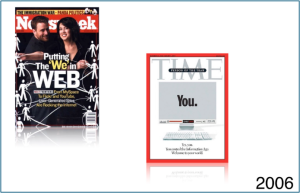
Slide from Dr. Stephens historical Hyperlinked Library Model Panopto video (2019).
References:
Dartmouth Libraries. (2020, April 7). A simple book repair manual. https://www.dartmouth.edu/library/preservation/repair/?mswitch-redir=classic
Discord. (n.d.). Group chat that’s all fun & games. https://discord.com/
iBookBinding Limited. (2025). IBookBinding featured collection. https://store.ibookbinding.com/
iBookBinding Limited. (2025). Bookbinding tutorials. https://www.ibookbinding.com/bookbinding-tutorials/
Independent Online Booksellers Association (IOBA). (2022). Case or casing. https://www.ioba.org/book-terms/case-or-casing
Northeast Document Conservation Center. (n.d.). Book conservation and preservation resources. https://www.nedcc.org/free-resources/book-conservation-and-preservation-resources
Slack Technologies. (2025). Channels. https://slack.com/features/channels
Stephens, M. T. (2019). Hyperlinked Library Model {video}.
Stephens, M. T. (2016). The heart of librarianship: Attentive, positive, and purposeful change. ALA Editions.
Talas. (2024). Resource blog. https://blog.talasonline.com/
The Book Arts Web. (2025, January 20). Book Arts Web: Home. http://purl.oclc.org/NET/bookartsweb
University Library. (2024, November 18). REPAIR Lab: Home. https://libguides.library.cpp.edu/REPAIRLab
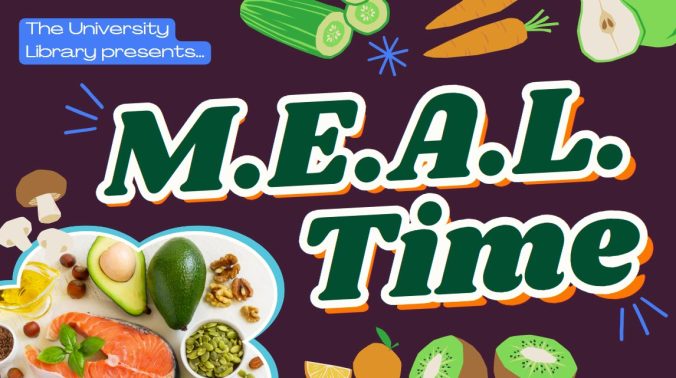
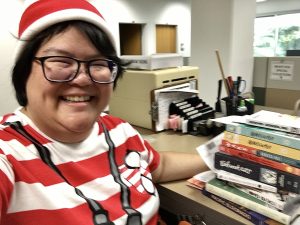


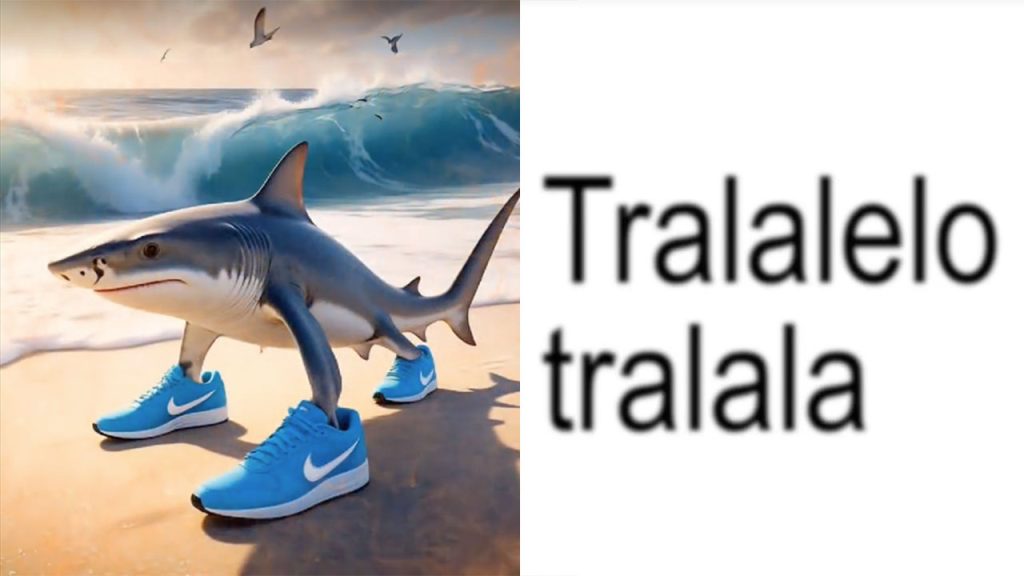
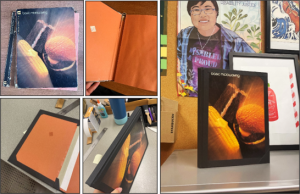
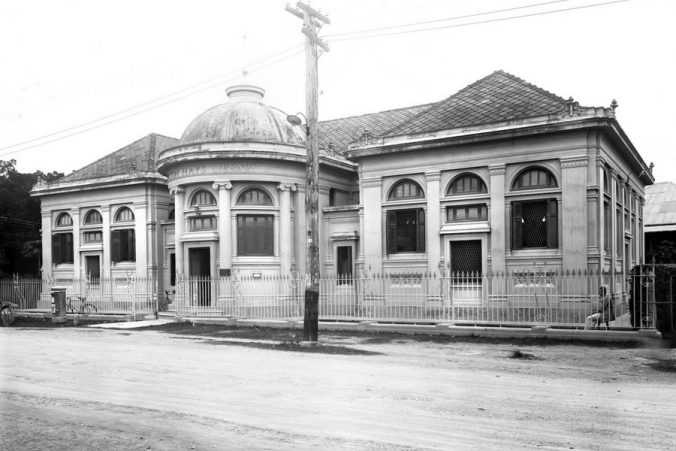
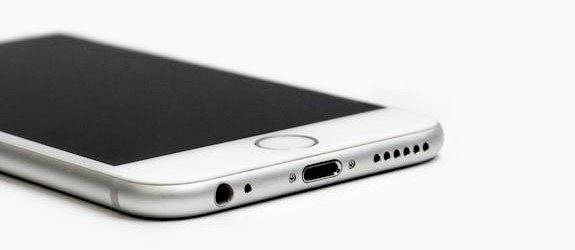
 The hyperlinked library exists because of us. We made it with our inquiries, thoughts, needs, and actions. It may sound as I am speaking of just virtual spaces, but I really am not. I see myself as an information node that exists in both physical and virtual spaces—an ambulatory living library plugged also into a digital universe. I am hyperlinked. Hyperlinked librarians are knowledge facilitators who must embrace change because the information landscape is constantly evolving. They are perpetual knowledge seekers because there is always something new to know.
The hyperlinked library exists because of us. We made it with our inquiries, thoughts, needs, and actions. It may sound as I am speaking of just virtual spaces, but I really am not. I see myself as an information node that exists in both physical and virtual spaces—an ambulatory living library plugged also into a digital universe. I am hyperlinked. Hyperlinked librarians are knowledge facilitators who must embrace change because the information landscape is constantly evolving. They are perpetual knowledge seekers because there is always something new to know.  Embracing technology changes is sometimes difficult. In longstanding units with defined processes, it may also lead to stress, frustration, and weariness. Thus, a hyperlinked librarian also needs to consider the whole person. People manage change differently. Their prior experience will also affect them. In my corner of the academic library world, the internet and new web-based applications changed technical services. Technical services—cataloging, acquisitions, receiving, processing, discovery, and resource troubleshooting—has many manual processes that are performed within set parameters. Regulations, terms, codes, and contracts only made best practices more highly structured. The internet and networked services threw a wrench into people’s physical world by adding electronic fluidity. We now have shared cataloging, consortia collections, integrated management systems, APIs, IT protocols, automations, discovery layers, linked data, and much more. In the end, managing these changes meant creating a TS group listserv, removing silos by sharing collective knowledge, and using tools like
Embracing technology changes is sometimes difficult. In longstanding units with defined processes, it may also lead to stress, frustration, and weariness. Thus, a hyperlinked librarian also needs to consider the whole person. People manage change differently. Their prior experience will also affect them. In my corner of the academic library world, the internet and new web-based applications changed technical services. Technical services—cataloging, acquisitions, receiving, processing, discovery, and resource troubleshooting—has many manual processes that are performed within set parameters. Regulations, terms, codes, and contracts only made best practices more highly structured. The internet and networked services threw a wrench into people’s physical world by adding electronic fluidity. We now have shared cataloging, consortia collections, integrated management systems, APIs, IT protocols, automations, discovery layers, linked data, and much more. In the end, managing these changes meant creating a TS group listserv, removing silos by sharing collective knowledge, and using tools like 


